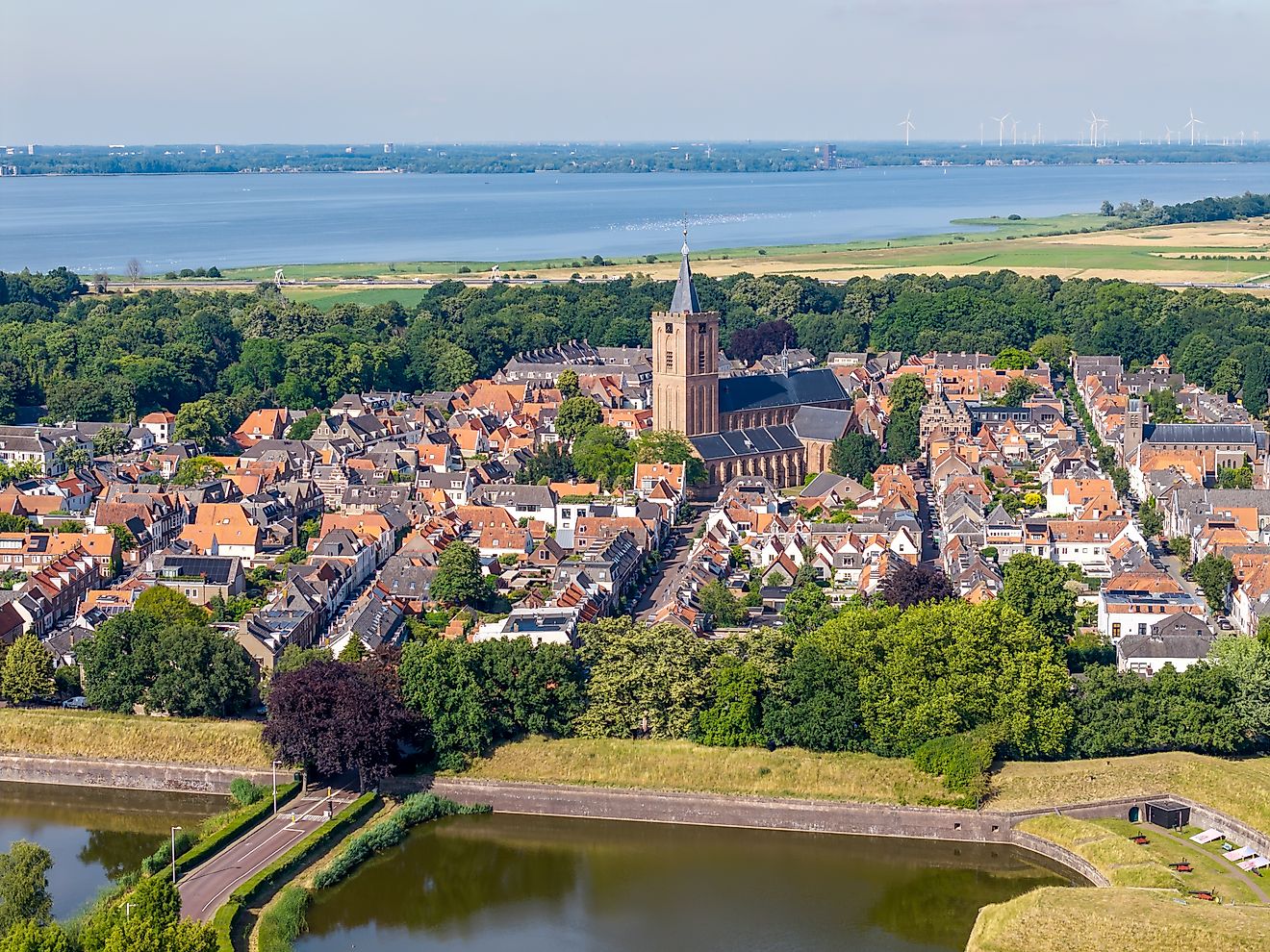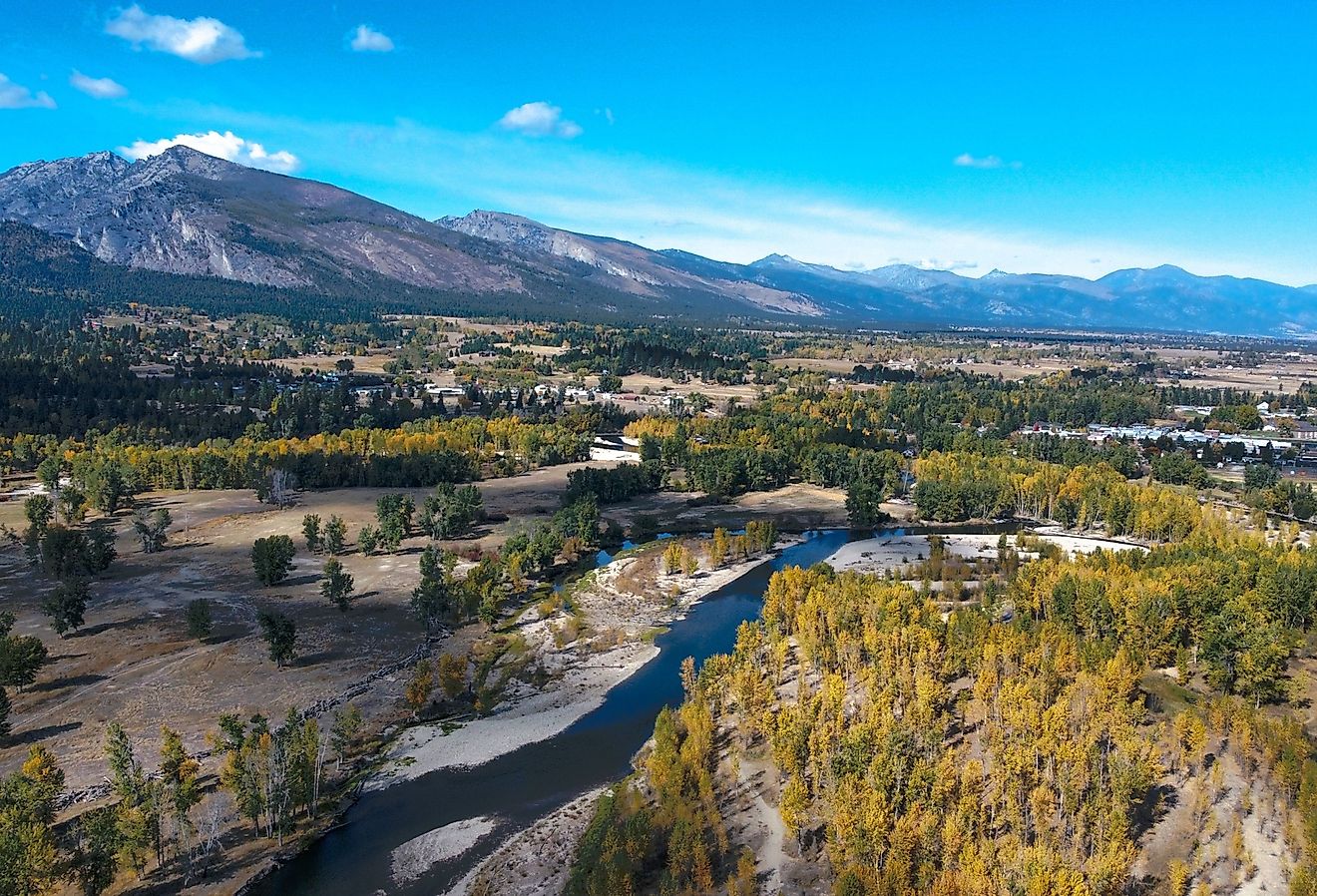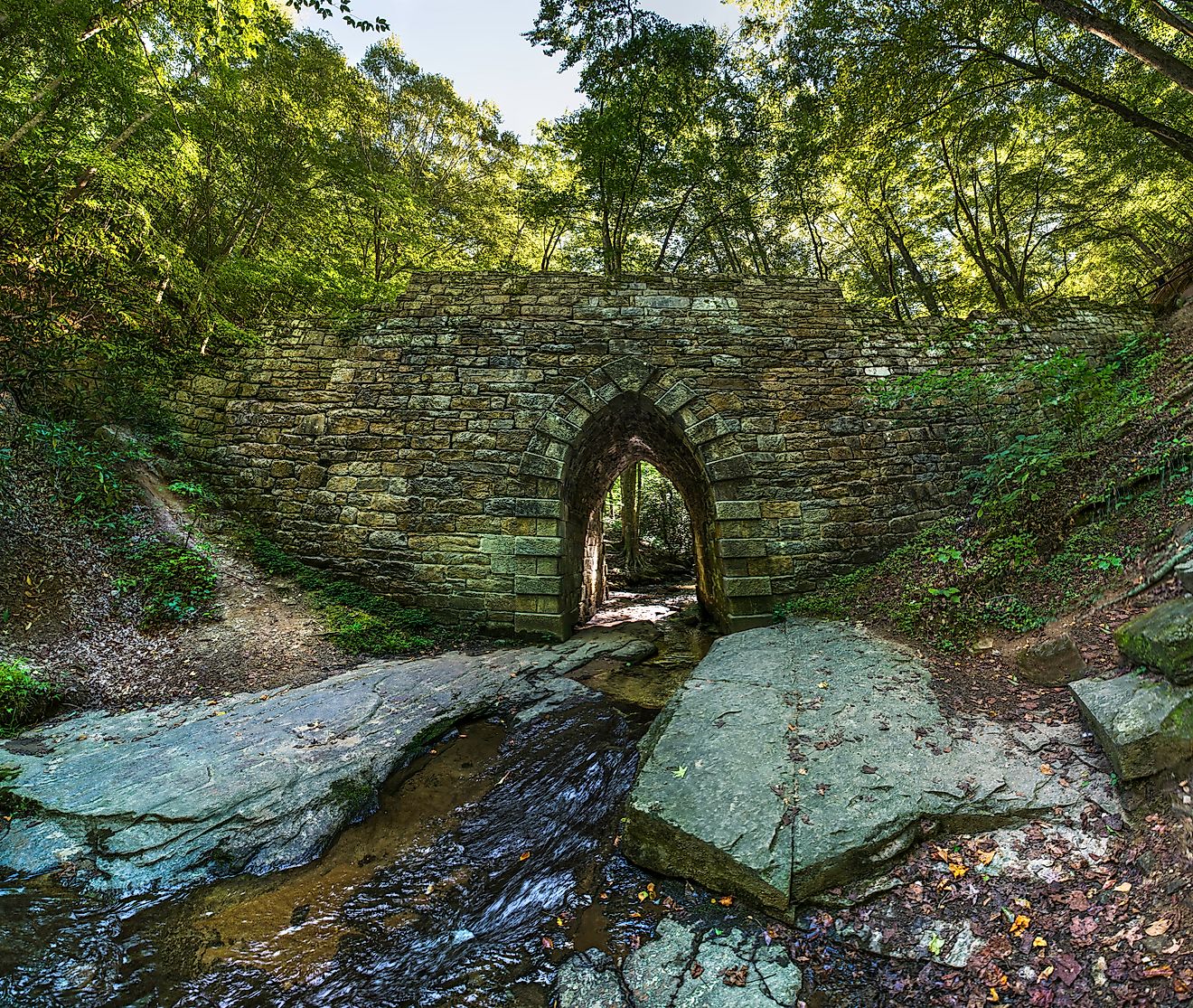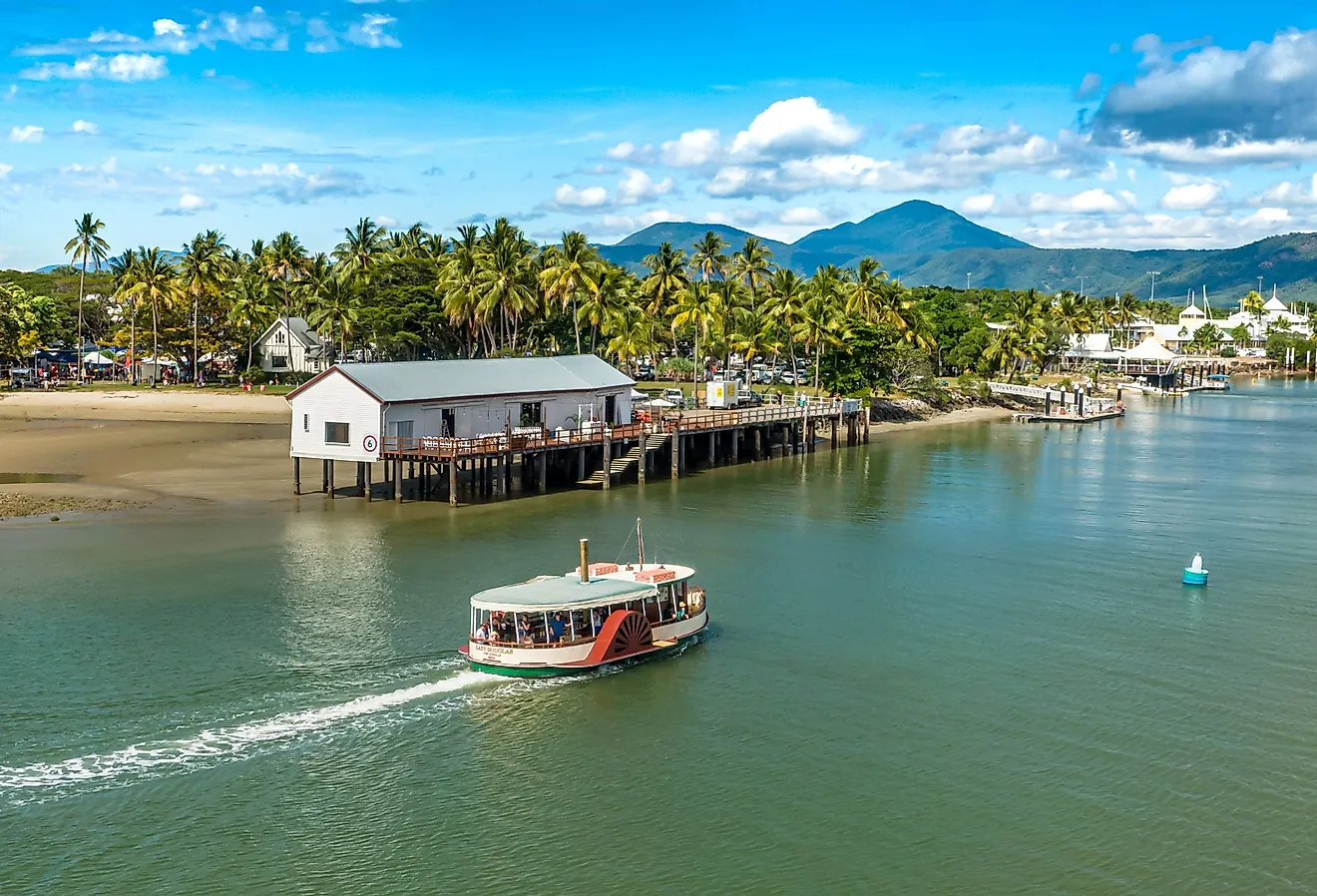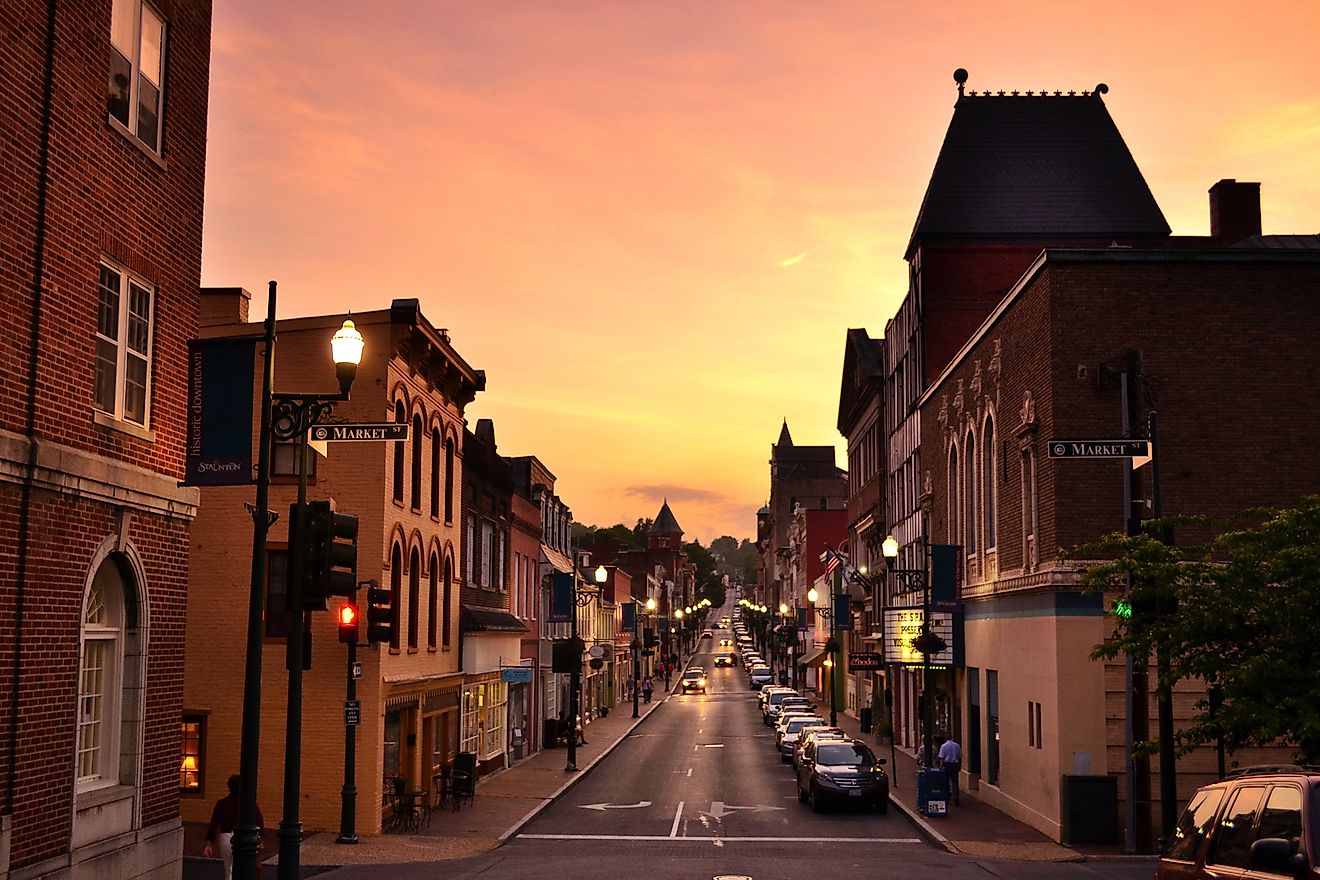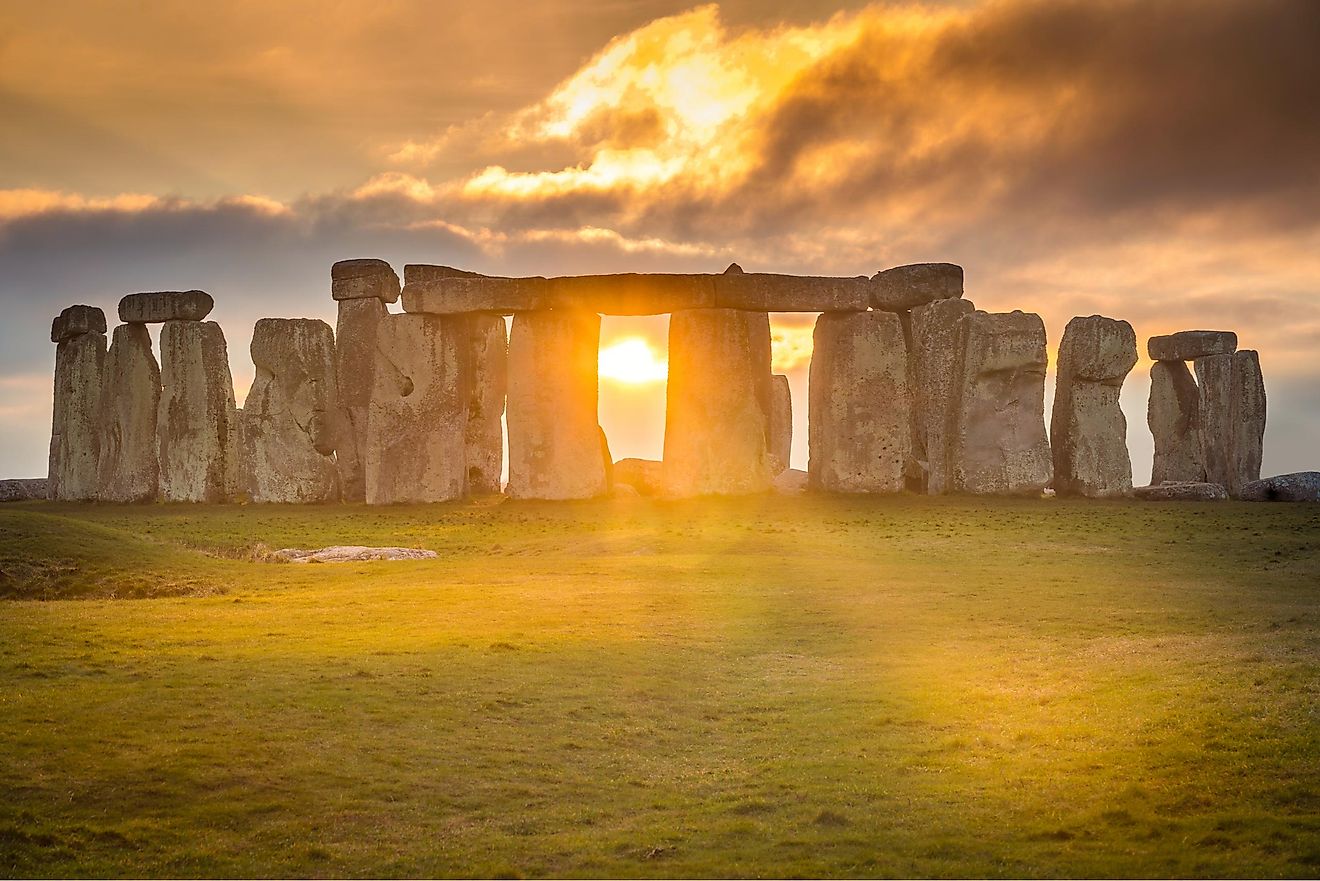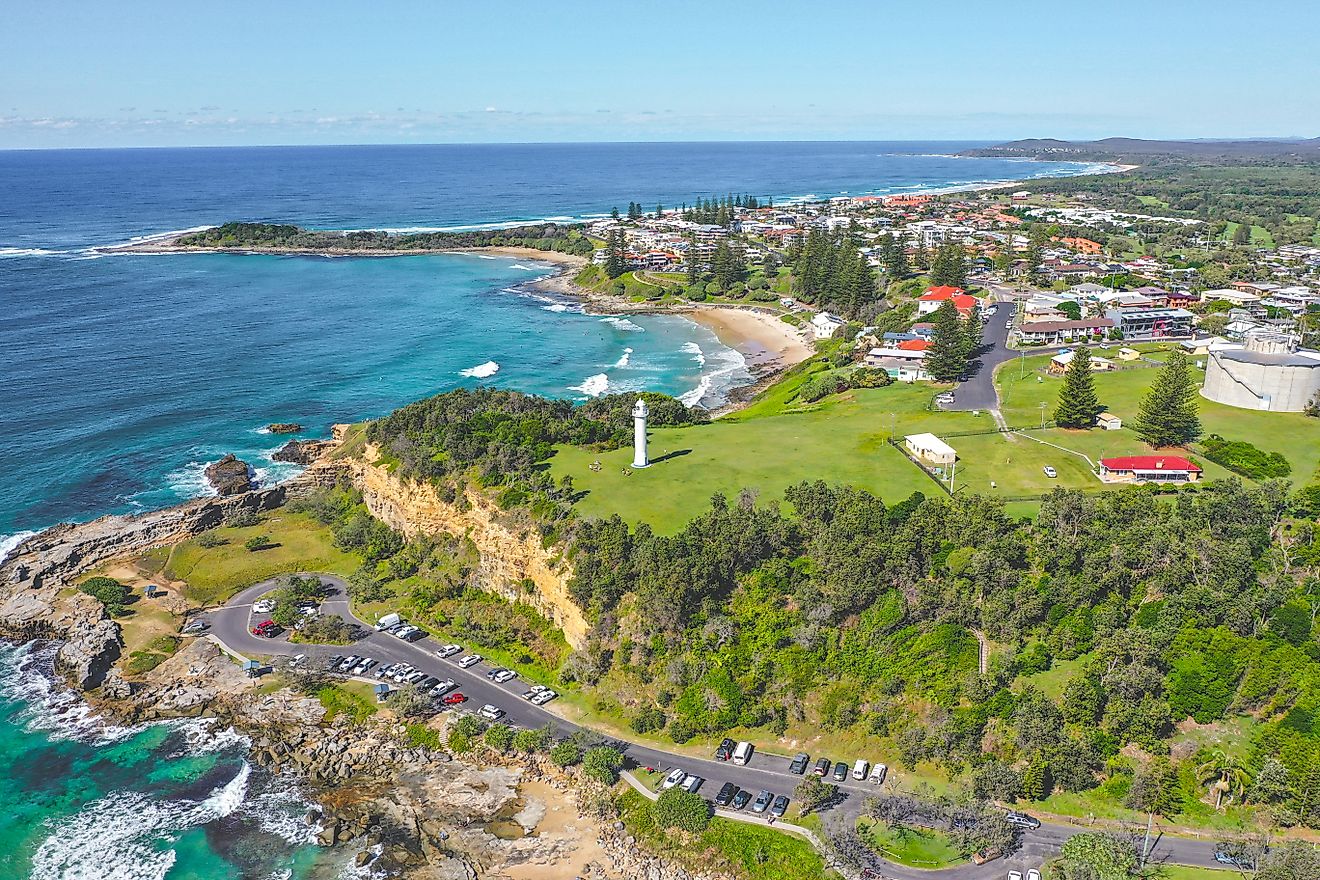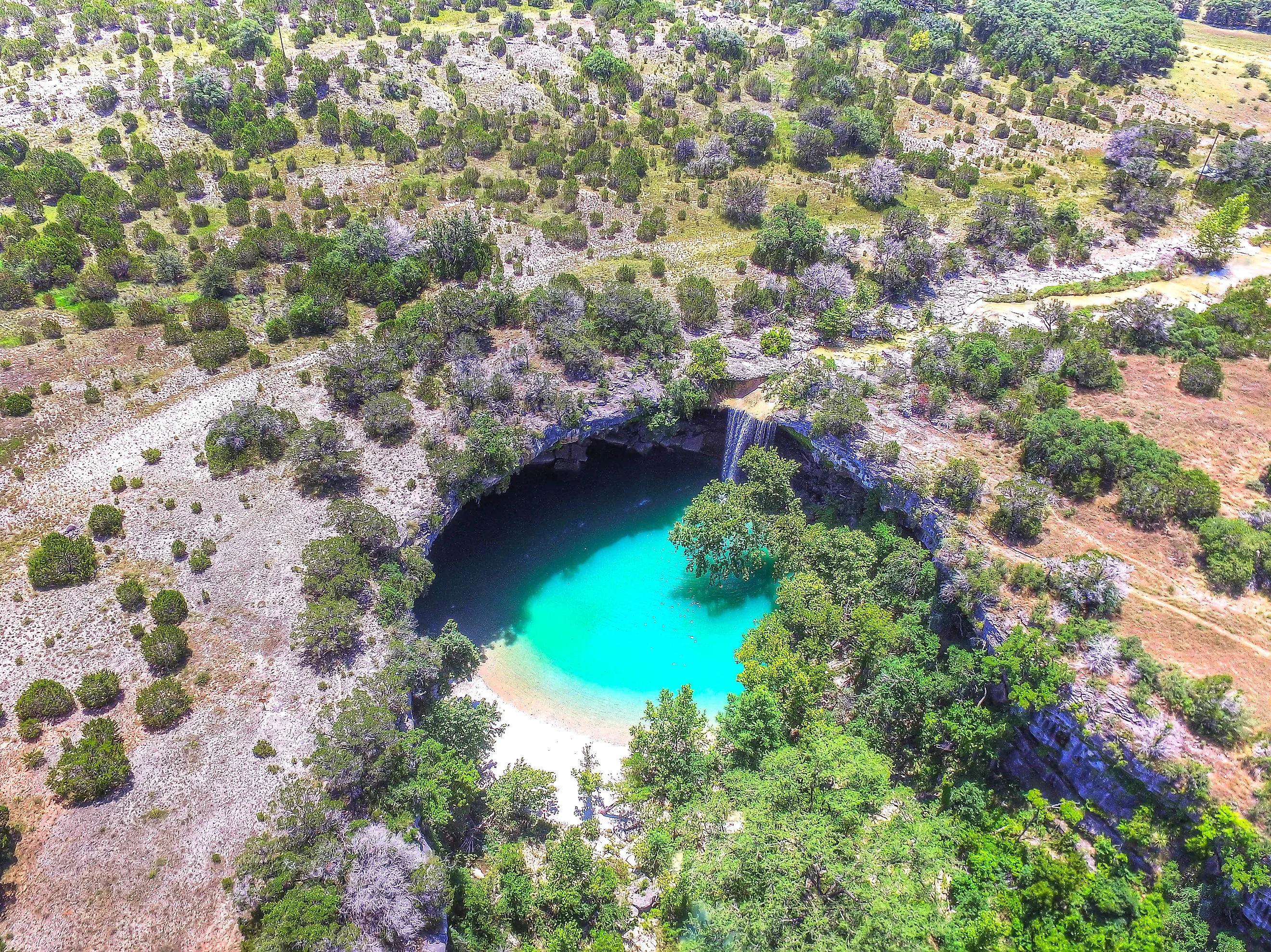
5 Best Natural Wonders To Visit In Texas This Year
Everything is bigger in Texas, including many of its best natural wonders. From towering rock formations to cave systems deep underground, several of these record-breaking landmarks aren't just physically impressive, but offer breathtaking scenery that any traveller can appreciate. Take a look at these five destinations, each of which showcases the Lone Star State's wide array of diverse ecosystems and geological features that you can explore today.
Palo Duro Canyon
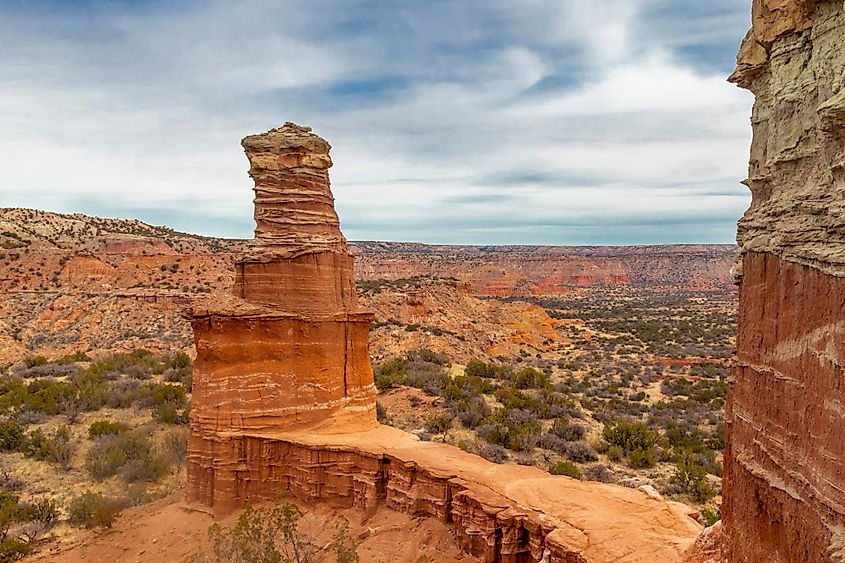
Palo Duro Canyon, located in the Texas Panhandle near Amarillo, is the second-largest canyon in the United States. Roughly 120 miles long and up to 20 miles wide, it also reaches depths of 800 feet. The Prairie Dog Town Fork Red River carved it over millions of years, exposing colorful layers of sedimentary rock dating back to the Permian period.
If you find yourself at Palo Duro Canyon State Park today, you can hike, bike, or drive through a network of trails and scenic routes, whichever method suits you best. The park’s most recognizable landmark is the Lighthouse, a 300-foot-tall rock formation accessible via a 5.7-mile round-trip trail. Wildlife sightings are common, too, including mule deer, wild turkeys, and even roadrunners!
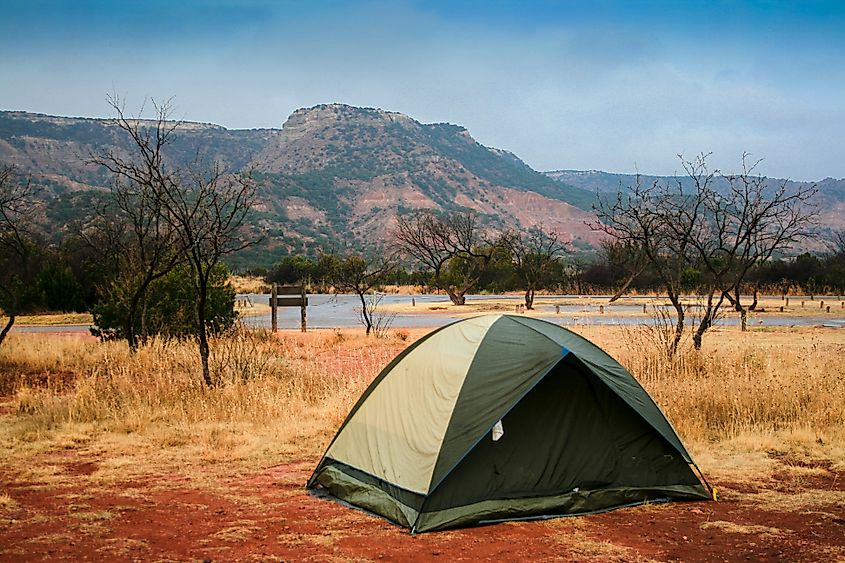
The canyon’s dramatic, rocky landscapes and vast scale contrast quite heavily with the flat plains surrounding it, offering a fascinating geological cross-section of Texas's natural history.
Hamilton Pool Preserve
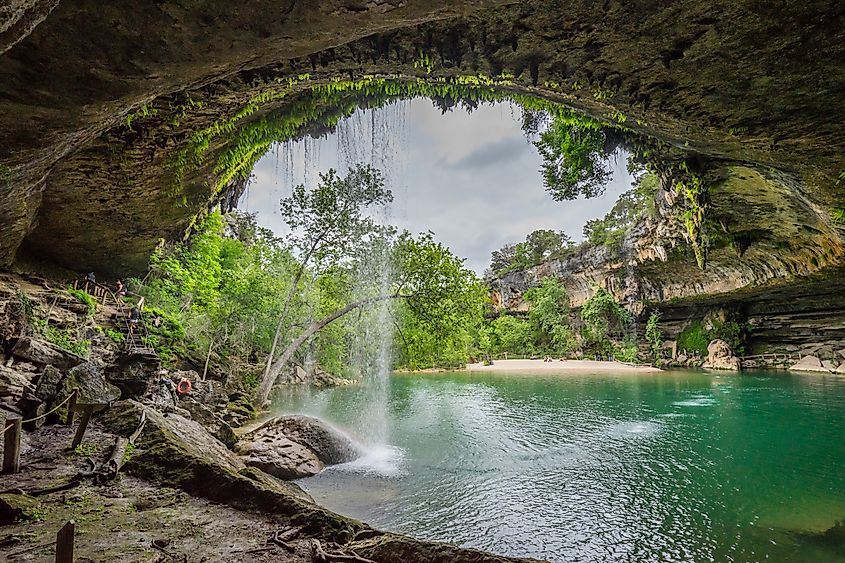
Located about 30 miles west of Austin, the Hamilton Pool Preserve is a collapsed grotto and natural swimming hole formed thousands of years ago when the dome of an underground river gave way. The result is an amazing geological formation that is perfect for a summer getaway: a turquoise pool shaded by limestone overhangs and surrounded by lush vegetation. Water continuously flows from Hamilton Creek over a 50-foot waterfall into the basin below, even during dry seasons.
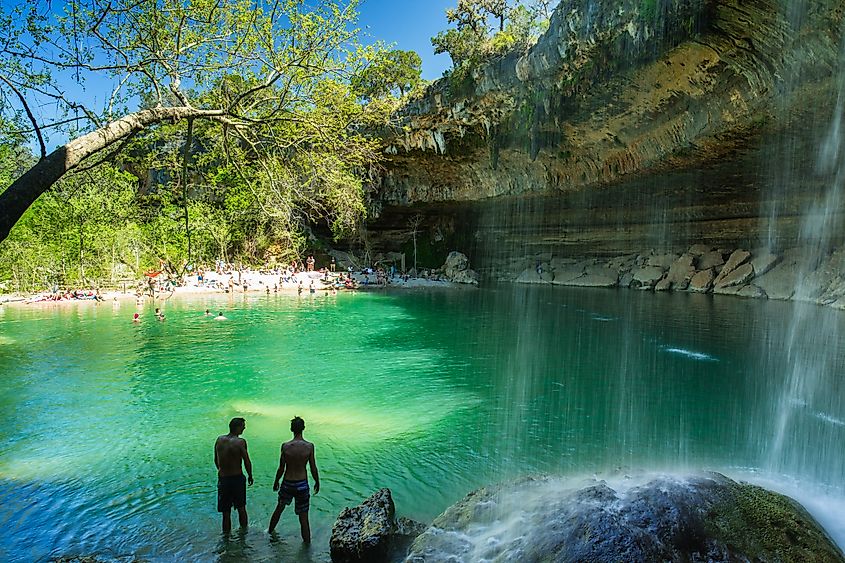
The site is part of the Balcones Canyonlands Preserve and protects native flora and fauna, including golden-cheeked warblers and several rare plant species. Because of this, if you want to come by, you must make a reservation to access the preserve. Also, note that swimming is occasionally restricted, depending on water quality and weather. The short but steep hike to the pool cuts through a shaded canyon, making it a good place for a hike, whether or not you take a dip.
Hamilton Pool remains one of central Texas's most visually distinct and ecologically significant natural sites. The story behind its unique formation and limited capacity preserves the quiet, undisturbed environment that makes it such a memorable destination.
Enchanted Rock

Enchanted Rock is a pink granite dome rising 425 feet above the surrounding terrain and covering over 600 acres in the Llano Uplift region of central Texas. Located near the city of Fredericksburg, the rock is one of the largest exposed batholiths in the United States and has been a standout landmark for humans for over 10,000 years, with native tribes attributing spiritual significance to the site, giving rise to the name “Enchanted.”
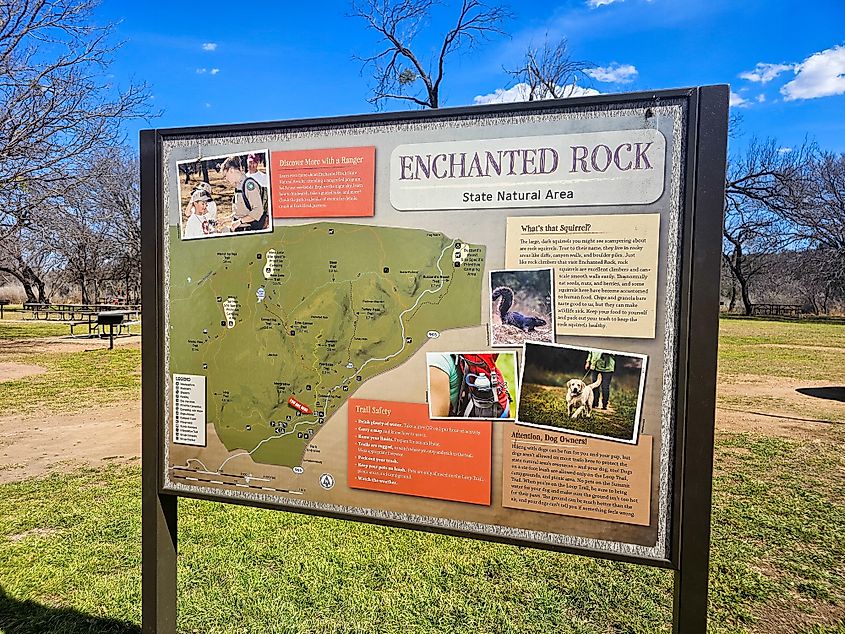
At the Enchanted Rock State Natural Area, be sure to hike to the summit for 360-degree views of the rolling Texas Hill Country, or explore the network of trails around the base to see more of the area's wildlife. The rock’s surface features unique formations like vernal pools, which support rare plants and isolated ecosystems. Furthermore, climbers and stargazers are drawn to the area for its rugged features, often perfect for bouldering, and low light pollution, giving way to incredibly clear skies.
Caddo Lake
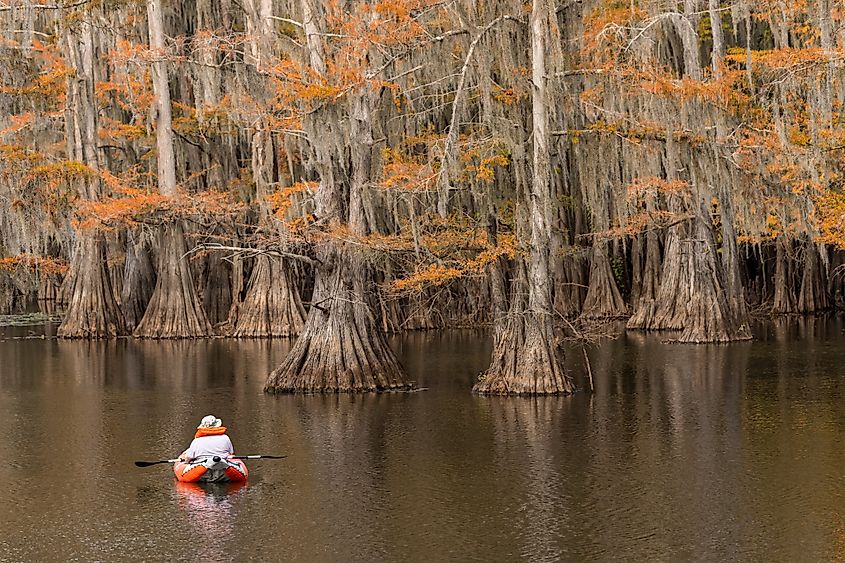
Straddling the Texas-Louisiana border, Caddo Lake is one of the only naturally formed lakes in Texas, created thousands of years ago by log jams along the Red River. Today, it spans over 25,400 acres of interconnected bayous, sloughs, and ponds, much of which is covered with bald cypress trees draped in eye-catching Spanish moss. The lake’s maze-like waterways and eerie stillness make it one of the most distinctive freshwater ecosystems in the region, one that draws paddlers in the thousands every year.
The surrounding Caddo Lake State Park provides launch points for canoes and kayaks, as well as boardwalk trails and fishing piers. Most exploration happens by boat, where you can wind through dense cypress groves that feel untouched by time.
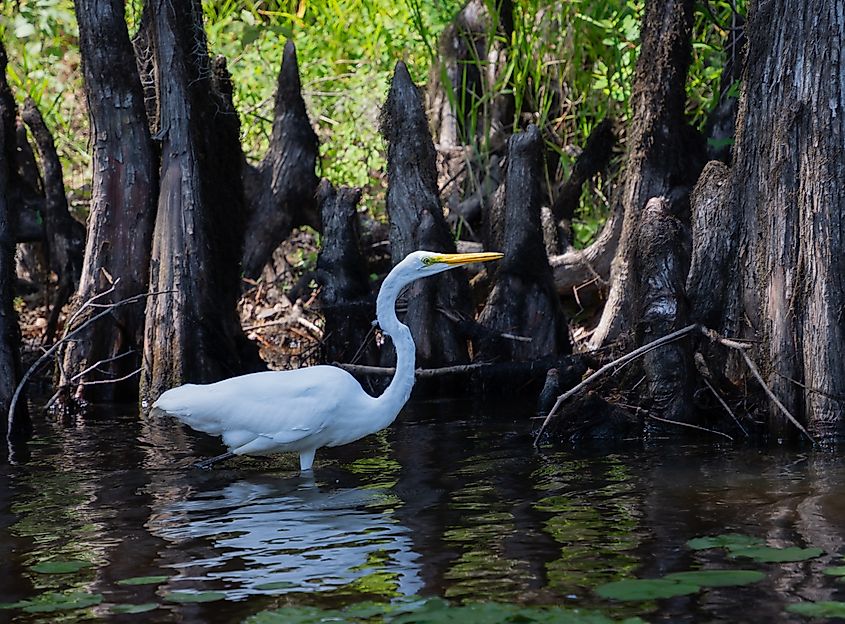
Unlike the typical West Texas deserts or central Hill Country terrain, Caddo Lake presents a wetland landscape that’s both ecologically rich and visually unique. It is home to more than 70 species of fish and supports an extensive variety of other wildlife, namely birds, amphibians, and reptiles. It definitely remains one of the most atmospheric and biodiverse natural destinations in the state of Texas.
Natural Bridge Caverns
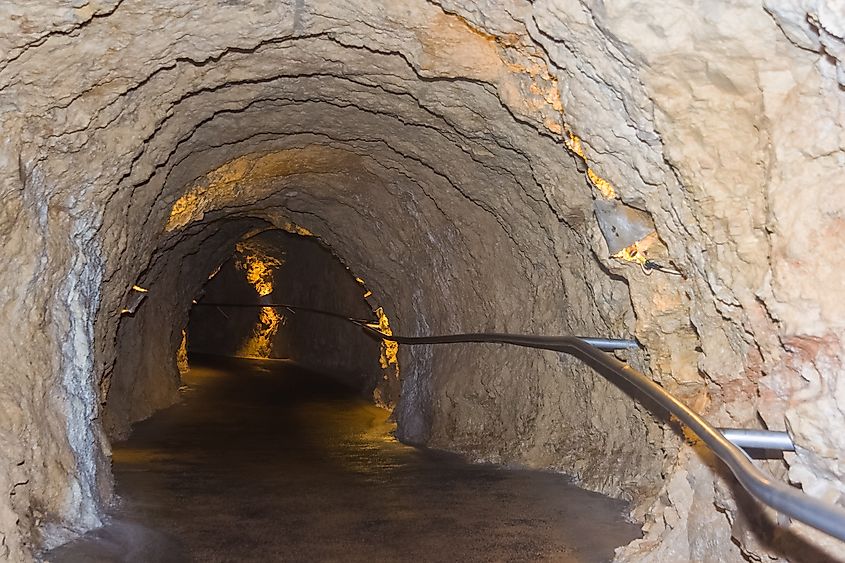
Situated near San Antonio, the Natural Bridge Caverns are the largest commercial cave system (meaning it is open to the public) in Texas, discovered fairly recently in 1960. Since opening to the public in 1964, the caverns have revealed an underground world of differing stone formations, including stalactites, stalagmites, columns, flowstones, and delicate soda straws (which are like hollow stalactites).
The caverns maintain a constant temperature of about 70 °F year‑round with high humidity, preserving their mineral formations. The ecosystem within also hosts troglobitic creatures like cave-adapted millipedes and blind beetles, offering insight into extreme, isolated ecosystems like this one.
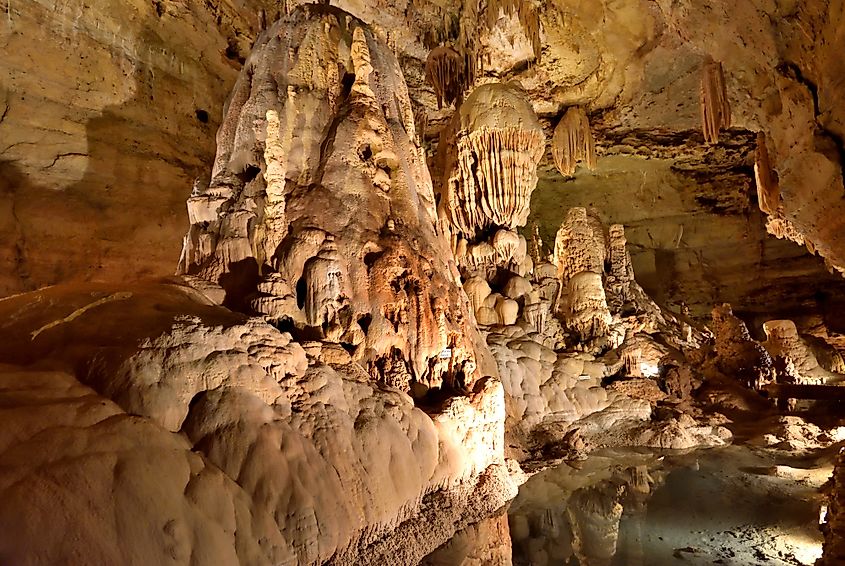
When visiting, you'll be able to choose from guided cavern tours ranging from light walking routes to more adventurous spelunking-style options. For those who don't mind tight spaces, the newly added Hidden Passages Tour explores remote chambers via steep stairs and narrow passages. Above ground, the surface complex includes other fun draws, like zip lines, rope courses, and a maze garden set in native Texan vegetation.
Explore All Of Texas's Natural Appeal
From Big Bend National Park on the southern border to the pine-blanketed hills up north, Texas is a seriously underrated destination in terms of its natural draws. With these five spots in mind, however, you are now equipped with a handful of this massive state's must-visit wonders, whether you are looking for a good hiking trail, a pretty place to camp for the night, or the perfect opportunity for a landscape photo.
